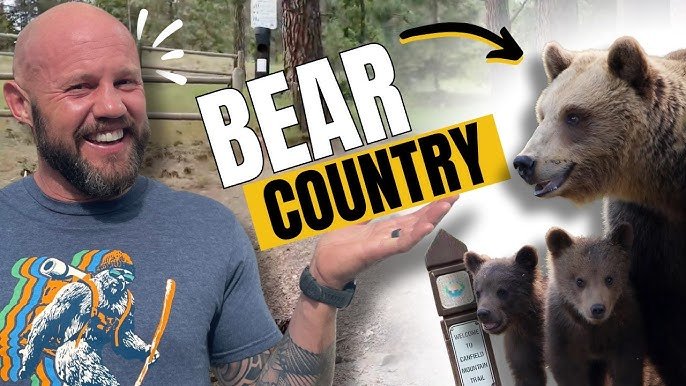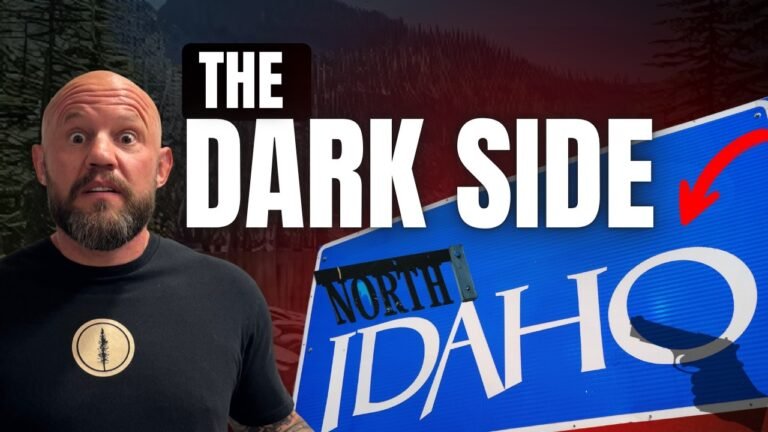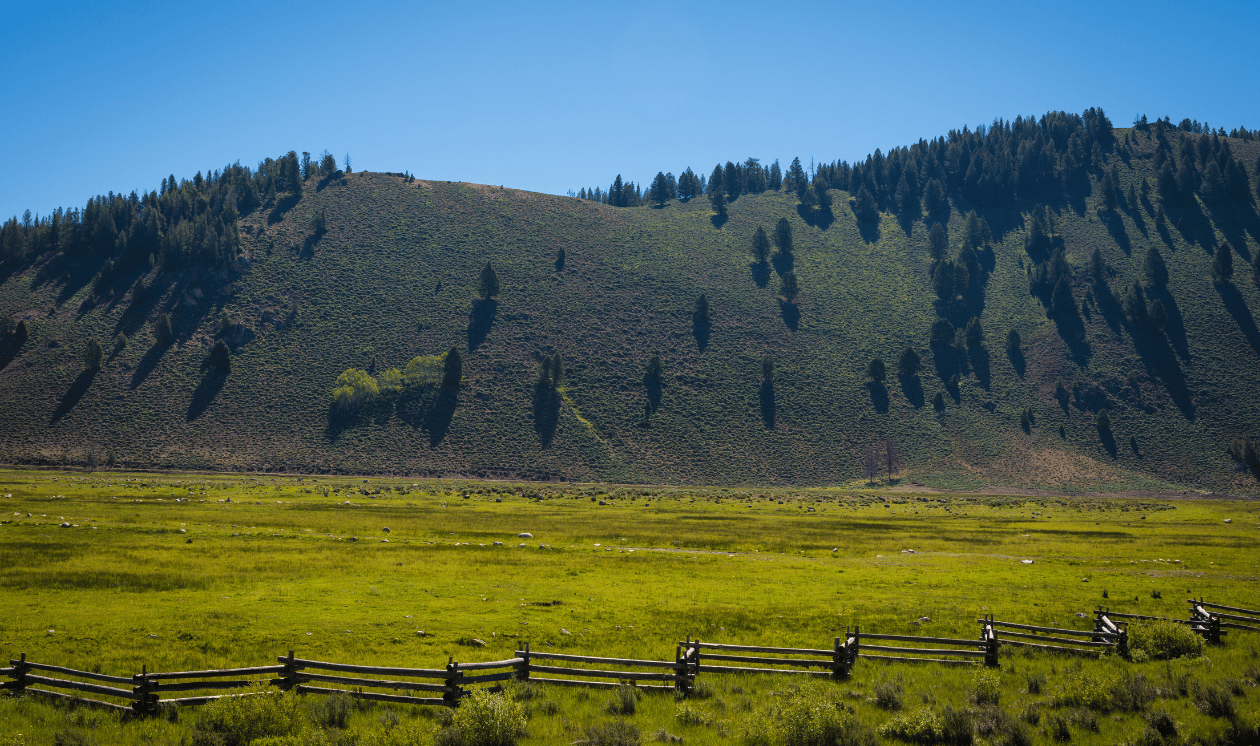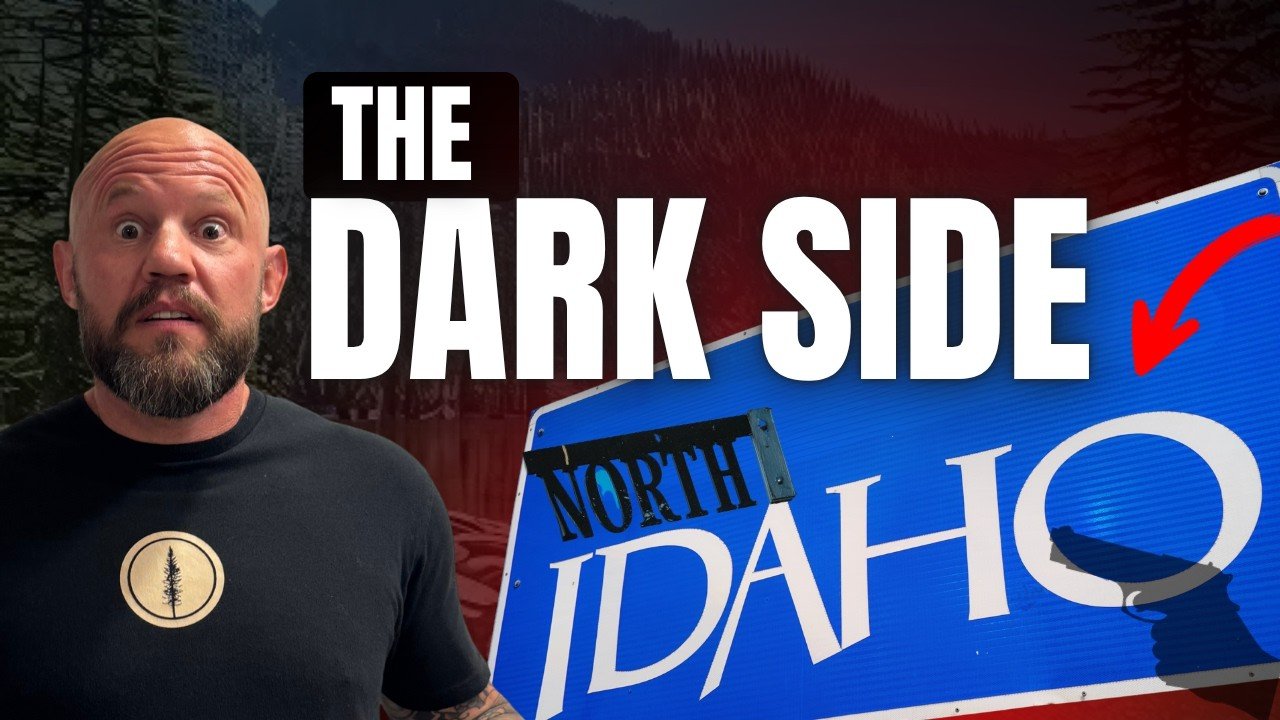Hiking, Bears, and Northern Lights: Life of a North Idaho Explorer
Can a state redraw its borders because of political differences? That’s exactly what the Greater Idaho movement aims to do—absorb rural counties from Oregon (and potentially parts of Washington and California) into the state of Idaho. The idea sounds like something out of a political thriller, but for thousands of rural Americans, it’s a serious and deeply emotional response to years of feeling ignored by urban-dominated state governments.
“They don’t feel like their vote counts,” said one podcast guest. “They’re being dictated by these dense urban populations… and it sucks.”
Let’s break down the growing frustrations, the political and legal obstacles, and why this movement is sparking intense debates across the Northwest.
The Urban-Rural Divide: More Than Just Politics
At the core of the Greater Idaho movement is a growing cultural rift. While cities like Portland and Seattle lean heavily liberal, many rural counties are staunchly conservative. This ideological clash is shaping how people view governance—and their sense of belonging in the states they live in.
“Say you’re a farmer in Eastern Washington… your family’s been out there for 100 years. Now you’re being told how to live by people in Seattle who don’t share your values. It’s deeply frustrating.”
This sentiment resonates beyond Oregon. Rural Americans across the country increasingly feel that their way of life—rooted in self-sufficiency, traditional values, and local control—is being legislated away by urban lawmakers disconnected from their reality.
13 Counties and Counting: What’s Actually Happening?
So far, 13 counties in Eastern Oregon—like Baker, Grant, Harney, and Lake—have voted in favor of exploring the move to Idaho. That’s not a joke or just a fringe idea; these are official ballot results.
“That’s how pissed off and disenfranchised these folks are with politics in their state,” the hosts emphasized.
The proposed border shift would add roughly 380,000 people to Idaho’s population and bring in 62% of Oregon’s land mass. Imagine Idaho stretching westward toward the coast, absorbing large swaths of farmland, small towns, and conservative voters.
Still, turning this proposal into law would require approval from:
- Both state legislatures (Oregon and Idaho)
- The U.S. Congress
With that many political hurdles—and urban voters unlikely to approve giving up land, tax revenue, and political clout—the road ahead is rocky, to say the least.
Could This Actually Happen?
On a legal level, it’s nearly unprecedented. No modern peacetime scenario has seen one U.S. state give up land to another. On a political level, it’s even harder to imagine urban lawmakers voluntarily shrinking their own influence.
“If you were to allow a county to realign due to political preference… it would open up a can of worms,” the podcast noted. “You’d see realignment movements across the country—from New York to Illinois.”
The administrative headaches alone would be massive. School districts, law enforcement, judicial codes, healthcare systems, and even DMV records would all need to be restructured.
The Real Message: People Are Already Voting With Their Feet
Whether or not Greater Idaho becomes a reality, the migration patterns don’t lie.
“We’ve seen incredible growth in North Idaho in the last few years,” one host said. “It’s not just the beauty—it’s political realignment. People are leaving places like Oregon and California because they can’t live the way they want.”
If you’re one of those people considering a move, check out our guide to relocating to North Idaho or explore local conservative communities that may better align with your values.
Final Thoughts
At the end of the day, Greater Idaho is less about redrawing lines on a map and more about redrawing the line between two very different Americas—one rural, one urban.
“People could have their political rights back and know they’re with a state that believes in the American fundamentals. I think they’d stay,” one host concluded.
The question isn’t just whether the movement will succeed—it’s what it says about the growing identity crisis in the United States. Whether you’re a supporter or skeptic of the Greater Idaho proposal, the movement is forcing conversations we can’t afford to ignore.
Let us know your thoughts in the comments—and if you’re ready to make your own move, we’d be honored to help guide the way.
Listen, Watch, Read






Your Guide to Idaho’s Best-Kept Secrets
Join our email list for exclusive insights, local tips, and the latest listings. Get closer to the Idaho lifestyle you’ve been dreaming of. Sign up today!








